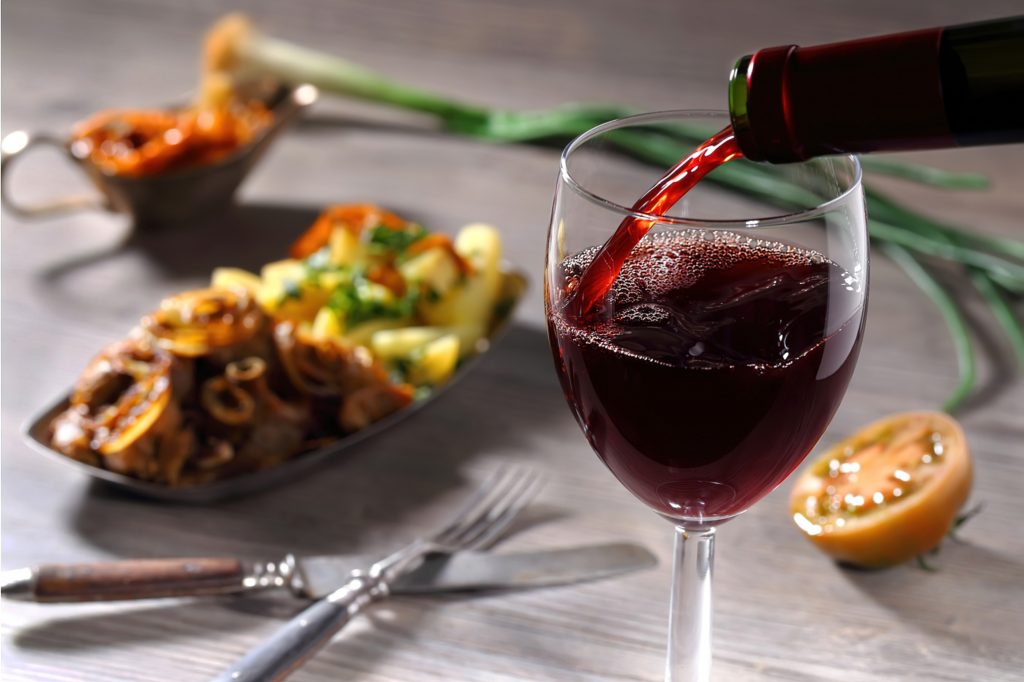Understanding Wine Pairing
Wine pairing is an art that has been practiced for centuries. It’s the process of matching different types of wines with specific dishes to enhance the dining experience. It revolves around the idea of balance – a balance between the flavors of the food and the characteristics of the wine. While the thought of wine pairing might seem overwhelming for beginners, there are simple rules to guide you through the process.
The Basics of Wine Pairing
The primary rule of wine pairing is matching the weight and texture of the food with the wine. Light-bodied wines like Sauvignon Blanc or Pinot Grigio are best paired with delicate dishes like salads or light seafood, while full-bodied wines like Cabernet Sauvignon or Merlot complement heartier fare like red meat or stews. However, it’s not just about the heaviness of the wine and food. The flavors and aromas also play a crucial role in creating a perfect pairing.
Wine Pairing Examples
[Image Description: A glass of red wine next to a steak dish, and a glass of white wine next to a seafood dish.]
Here are a few examples of classic wine pairings that you can try:
- Chardonnay and Grilled Chicken: The full-bodied white wine pairs well with the flavors of the grilled chicken. The oakiness of Chardonnay adds a nice touch to the smoky chicken flavor.
- Sauvignon Blanc and Goat Cheese: The tanginess of the goat cheese balances the acidity and fruitiness of the Sauvignon Blanc, making it a delightful combination.
- Pinot Noir and Salmon: Pinot Noir’s light-to-medium body and bright acidity compliment the rich, fatty flavors of salmon.
Decoding the Wine Labels
One significant part of understanding wine and its pairings is learning how to read a wine label. The label carries vital information about the wine, including its origin, producer, vintage, grape variety, and sometimes, tasting notes. Understanding these details can help you make informed choices about which wine to pair with your meal.
A World of Wine Styles
[Image Description: Different types of wine glasses each filled with a distinct style of wine—white, red, rosé, and sparkling]
From red to white, rosé to sparkling, and sweet to dry, there are countless wine styles in the world. Each style has unique characteristics and typical pairings. For instance, dry white wines like Chardonnay or Sauvignon Blanc pair well with dishes like poultry and fish, while sweet wines like Port or Moscato are often reserved for desserts or cheese courses.
The Effect of Terroir
The concept of “terroir” is a crucial element in the world of wine. Terroir refers to the natural environment in which the grapes are grown, including the soil, climate, and topography. It greatly influences the taste and style of the wine, which subsequently impacts the pairing possibilities.
Experimenting with Wine and Food Pairings
[Image Description: A woman trying a new wine and food pairing at home.]
Lastly, remember that wine pairing is a highly personal experience and that rules are meant to guide, not dictate. Don’t be afraid to experiment with unconventional pairings. After all, the ultimate goal is to enjoy the meal and the wine. So if you discover a pairing that satisfies your palate, then it’s a good pairing for you.

